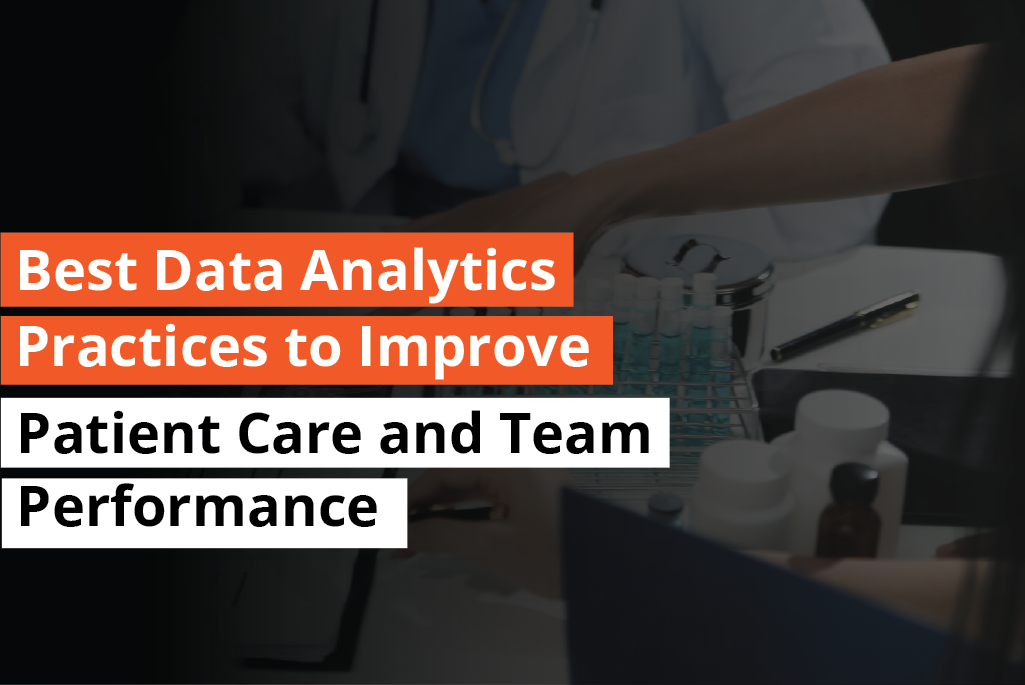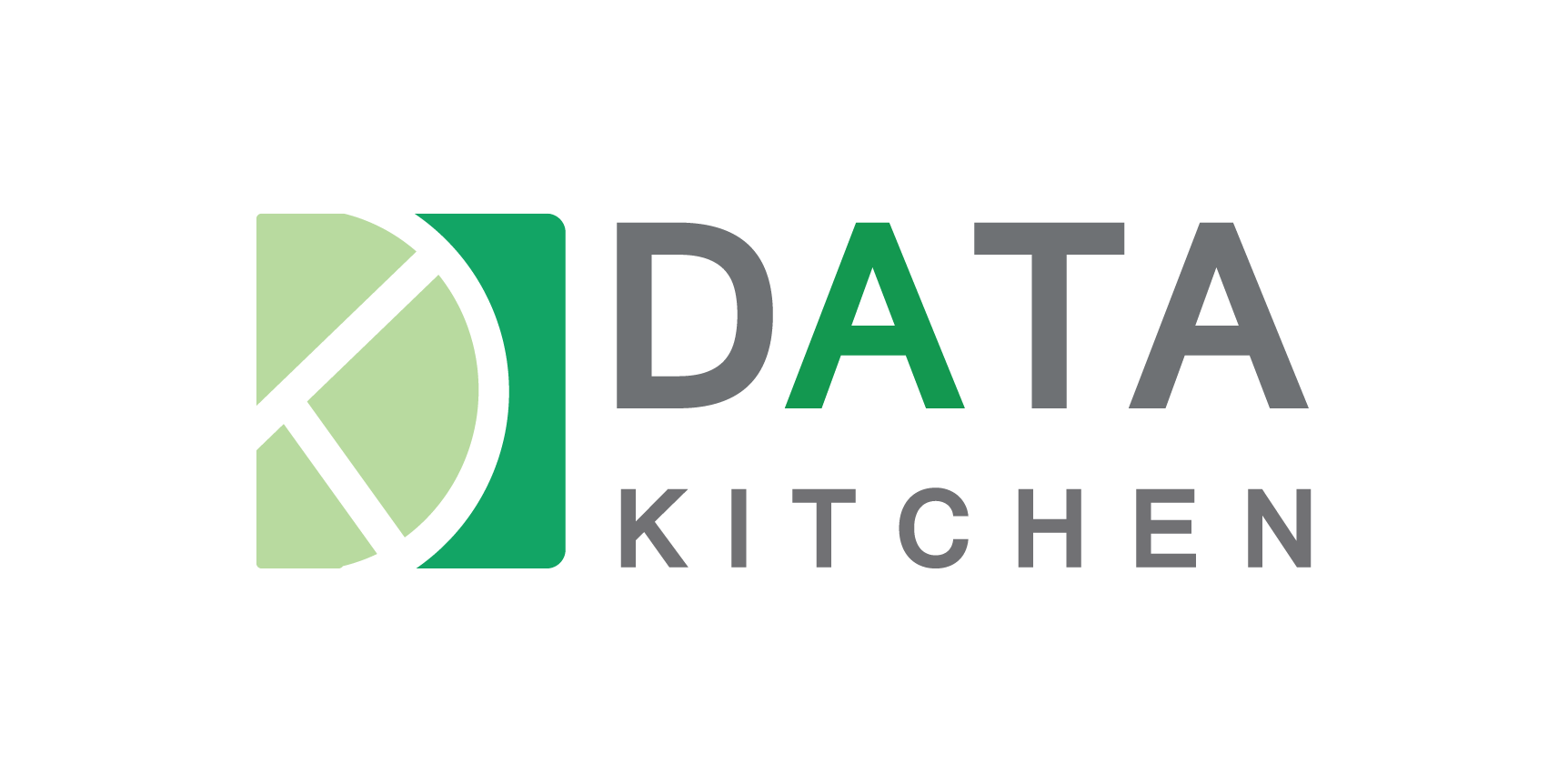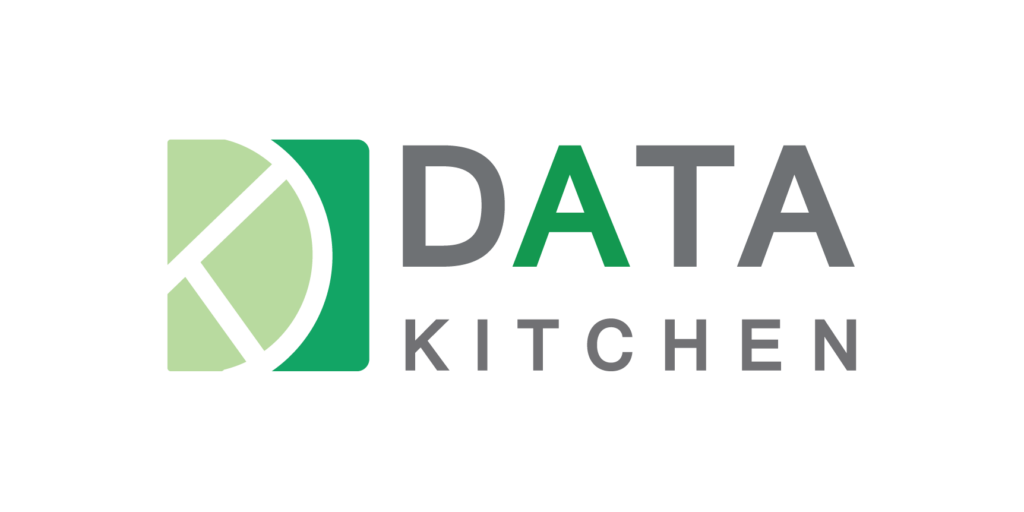RPA

Our RPA services
Complere Infosystem provides the opportunities it presents—enhanced decision-making capabilities, improved customer experiences, and the ability to innovate more rapidly—make it a worthwhile endeavor for any data-driven organization.
We have over 200 data experts onboard and over 30 data projects in our portfolio.
Integrated Business Management
Imagine an ERP system as the conductor of a symphony orchestra. It brings together different departments like finance, manufacturing, sales, and customer service, ensuring they play in harmony. With ERP, you can seamlessly manage everything from inventory to financials, all in one place.
Cloud-Powered Efficiency
Think of ERP as your digital assistant. It lives in the cloud, accessible from anywhere. No more hunting down files or waiting for someone to update spreadsheets. Cloud-based ERP solutions allow teams to collaborate effortlessly, making work more efficient and flexible.
Custom Solutions
ERP isn’t a one-size-fits-all suit; it’s more like a custom-tailored outfit. Companies can choose modules that fit their specific needs. Whether it’s supply chain management, project accounting, or customer relationship management (CRM), ERP adapts to your business like a well-fitted suit.
Global Partnerships
ERP providers have extensive networks of global partners. Think of them as your business allies. These partners offer complementary applications that integrate seamlessly with your ERP system. It’s like having a team of experts supporting your business growth.
How can you benefit from RPA?
Save Time
- RPA automates repetitive tasks with robotic speed. Imagine having tireless digital assistants that handle data entry, document processing, and other routine activities. By freeing up human resources from mundane tasks, your team can focus on more critical and complex work.
Increase ROI
- RPA tools are more efficient than humans at managing repetitive tasks. As a result, they improve work productivity and contribute to a positive return on investment (ROI). Over time, RPA collects valuable data, helping businesses manage costs more effectively.
Eliminate Human Error
- Even the most skilled professionals can make mistakes due to fatigue or oversight. RPA bots, on the other hand, perform tasks accurately every time. Say goodbye to typos and manual errors.
Enhance Security
- Cyber security is crucial for any business. RPA reduces the number of human interactions with sensitive data, minimizing the risk of data leaks or breaches. Whether it’s guarding against unauthorized access or ensuring timely account logouts, RPA elevates security.

How it Works
01. Task Automation
-
Emulating Human Actions: RPA deploys software robots (bots) that perform tasks by mimicking human interactions. These tasks include data entry, appointment scheduling, and moving between systems.
-
Time-Saving Efficiency: By handling time-consuming, repetitive tasks, RPA frees up human resources to focus on more valuable and strategic initiatives.
03. Integration and Interaction
-
APIs and UI Interactions: RPA combines APIs (Application Programming Interfaces) and user interface (UI) interactions. It seamlessly integrates with enterprise and productivity applications.
-
Cross-Application Tasks: Bots interact with different software systems, bridging gaps between them. For example, they can extract data from one system and input it into another.
02. Script-Based Execution
-
Rule-Based Scripts: RPA bots follow predefined rules (scripts) to execute tasks. Think of these scripts as detailed instructions for the bots.
-
Autonomous Execution: Once configured, RPA tools autonomously perform activities and transactions across unrelated software systems. They can extract data, fill forms, update records, and more.
04. Complementing AI
-
Task vs. Thinking: RPA focuses on task execution, while artificial intelligence (AI) handles more complex thinking processes.
-
AI and RPA Synergy: AI enhances RPA by recognizing patterns in data (machine learning) and understanding unstructured information (natural language processing). Together, they create a powerful automation ecosystem .
01. Strategy
- Clarification of the stakeholders’ vision and objectives
- Reviewing the environment and existing systems
- Measuring current capability and scalability
- Creating a risk management framework.
02. Discovery phase
- Defining client’s business needs
- Analysis of existing reports and ML models
- Review and documentation of existing data sources, and existing data connectors
- Estimation of the budget for the project and team composition.
- Data quality analysis
- Detailed analysis of metrics
- Logical design of data warehouse
- Logical design of ETL architecture
- Proposing several solutions with different tech stacks
- Building a prototype.
03. Development
- Physical design of databases and schemas
- Integration of data sources
- Development of ETL routines
- Data profiling
- Loading historical data into data warehouse
- Implementing data quality checks
- Data automation tuning
- Achieving DWH stability.
04. Ongoing support
- Fixing issues within the SLA
- Lowering storage and processing costs
- Small enhancement
- Supervision of systems
- Ongoing cost optimization
- Product support and fault elimination.



























